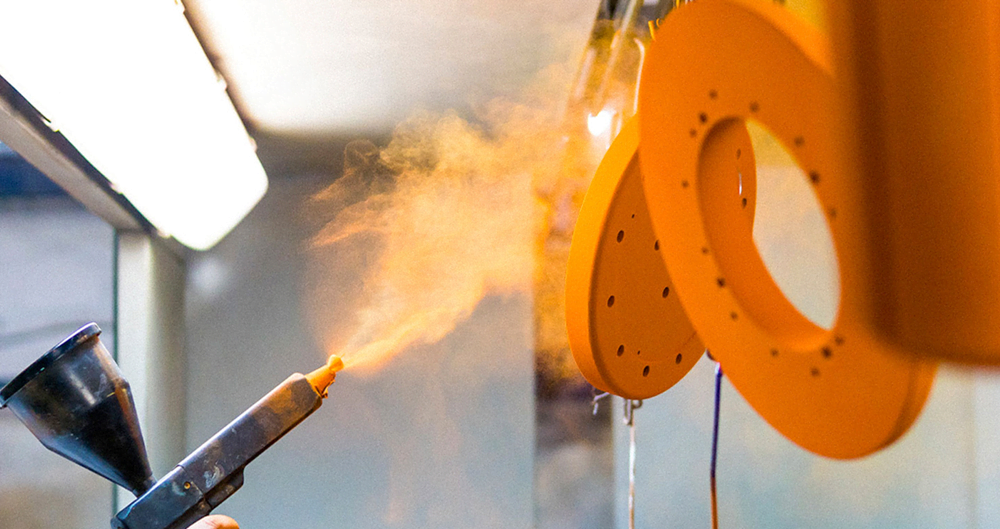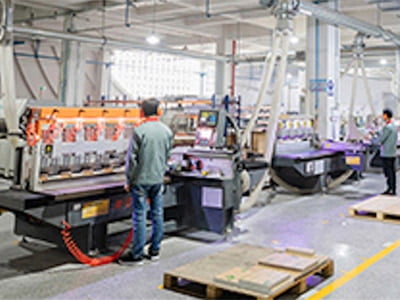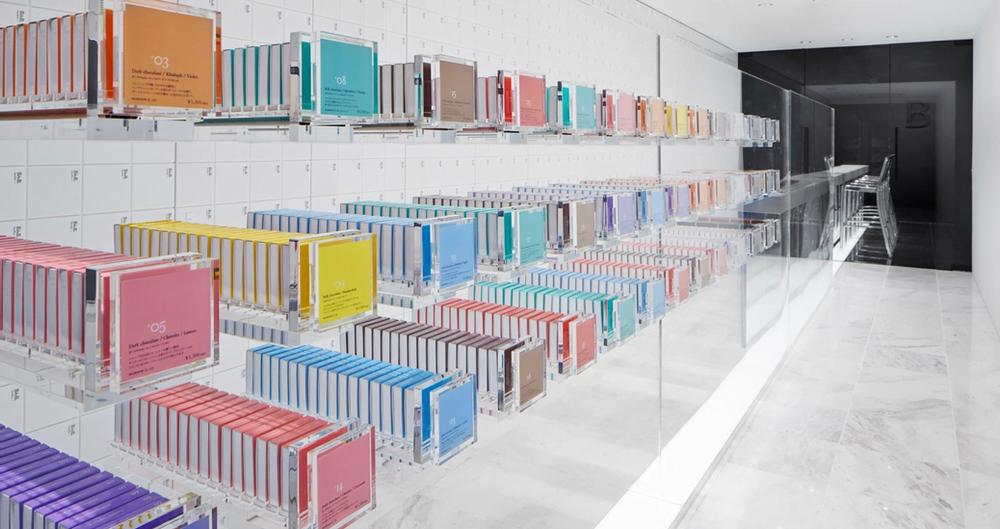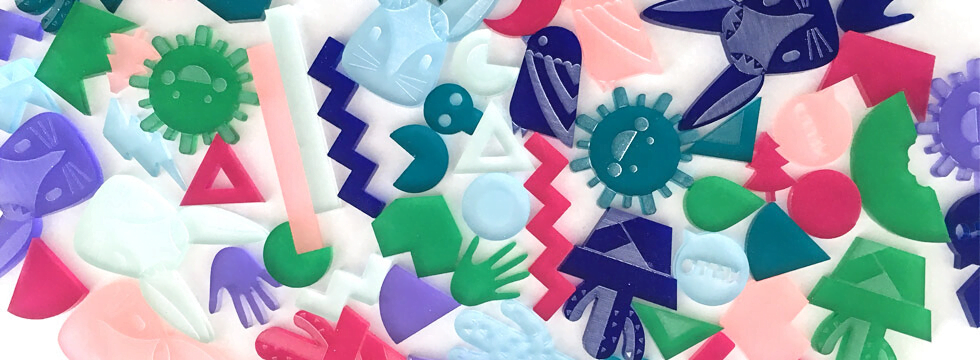When your fixture involves metal frames, acrylic risers, printed backers, and wood veneer trays — even the same color code can result in five different shades. A mismatch in gloss, texture, or substrate finish can break the illusion of a luxury brand.
Table of Contents
Visual inconsistency across vendors and materials is one of the most common — and most visible — problems in multi-material POP production. Without a cross-supplier color control system, even Pantone or RAL references can lead to poor in-store execution.
The solution? Combine color codes with physical master swatches, gloss control, real-material matching, and QC tools at every stage.
✅ Quick Summary: How to Manage Color Matching Across Suppliers
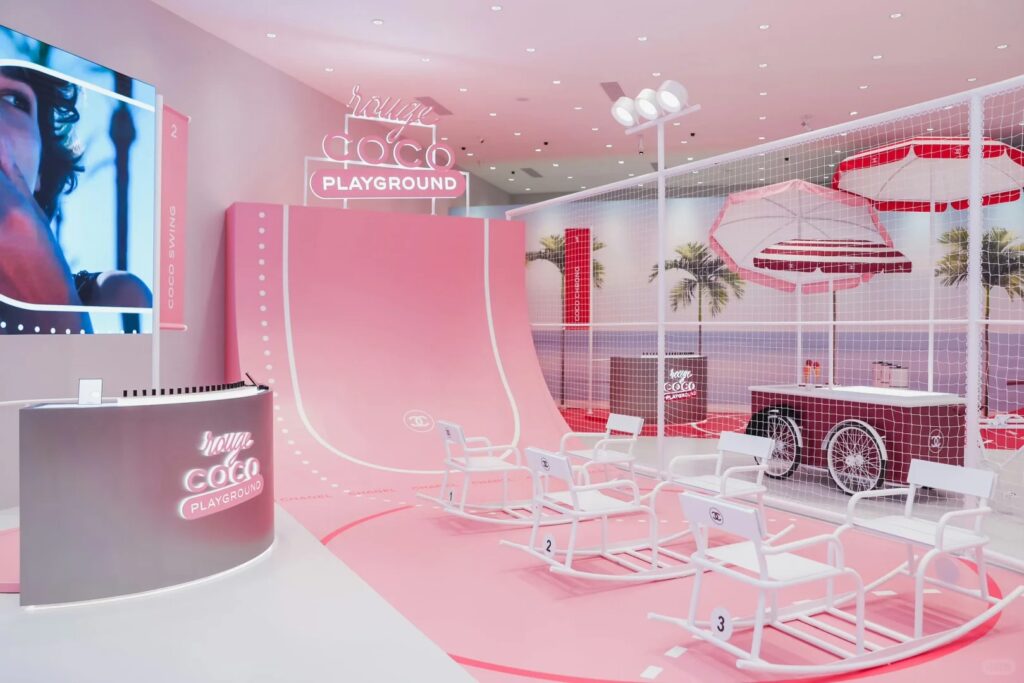
To ensure color consistency in multi-supplier fixture production:
- Use Pantone/RAL codes + gloss level + finish texture
- Create a master swatch kit for all materials (paint, acrylic, print, laminate)
- Approve colors during sampling in both D65 daylight and warm light
- Enforce quality control with gloss meters and side-by-side comparisons
- Include swatch photos on crate labels and install guides
Color matching is not just a code — it’s a full visibility system.
Why This Matters for Brands and Rollout Teams
When customers see your display, they don’t know if the acrylic came from Supplier A and the frame from Supplier B. They judge the brand by whether everything looks cohesive. Your project’s perceived value depends on these subtleties.
Let’s break down where color matching goes wrong — and how to avoid costly reworks.
Why Color Matching Fails (Even With Pantone)
| Material | Risk of Shift | Reason |
|---|---|---|
| Painted MDF | High | Pigment absorption + gloss distortion |
| Powder-Coated Metal | Medium | Heat bake alters color; metallic base reflects |
| Acrylic Panels | Medium-High | Transparency + gloss change perception |
| Digital Prints | High | CMYK doesn’t map directly to Pantone |
| Laminate Sheets | Medium | Factory variance between batches |
Even Pantone 430C will look warmer on acrylic and cooler on powder-coated metal. Color ≠ Code. You must simulate actual visual outcome under display lighting.
What You Need: The Minimum Tools for Color Consistency
- ✅ Master Swatch Board with labeled samples on all materials
- ✅ Pantone/RAL Reference + Lab values (Lab*) if possible
- ✅ Gloss % standardization: define matte (≤10%), satin (30–60%), gloss (≥70%)
- ✅ QC lightbox (D65 + warm)
- ✅ Gloss meter or visual reference cards
- ✅ Side-by-side testing protocol for all pre-mass samples
See how we engineer color controls into multi-supplier projects
Build a Master Color Kit for Sampling and Production
Every project should begin with a physical master kit that includes:
- MDF + metal swatch sprayed and labeled
- Acrylic in frosted + gloss variation
- UV print or offset output on actual substrate
- PVC laminate with texture and supplier code
- Finish label: color code, gloss %, date, supplier
Send this kit to every factory, including sub-vendors (graphics, lightbox, foam, signage). Recheck against it at sampling and mass production.
When and Where to Match Color (Not Just in Sampling)
- During Sampling
Review in daylight and retail-level warm lighting
Confirm gloss + finish + color + reflection angle - At Pre-Production
Request signed swatch confirmation from factory
Add gloss/photo reference in QC spec sheet - At Rollout
Include a printed swatch sheet with every crate
Provide local teams with master kit
Field-check install under store lights
📌 Pro Tip: Add QR codes in crate to access cloud photo references per finish.
Related Guide: How to Simulate Premium Finishes Without Real Material Costs
💬 FAQ
Q: Is Pantone enough for cross-material matching?
⚠️ Not really. It’s a starting point. You need to layer gloss and substrate into the conversation.
Q: How much tolerance is acceptable?
✅ We recommend visual tolerance within ±5% in gloss and max ΔE 1.5 in Lab value — but always verify with store lighting.
Q: Can we use digital-only color specs?
❌ No. Printed or physical samples are mandatory for production and visual alignment.
✅ Conclusion: Cross-Material Color Control = Brand Control
✔️ Standardize color codes + gloss + surface finish
✔️ Use physical references, not just digital specs
✔️ Align all suppliers under one master kit
✔️ Inspect and match under real lighting conditions
✔️ Document and track every color reference in the rollout
At Samtop, we help global brands create seamless color experiences — across wood, acrylic, powder-coating, digital print, and beyond.
📩 Want Help Managing Multi-Vendor Color Systems?
We offer:
🎨 Custom Master Color Kit Creation
📦 Crate Labels with Finish Reference
📸 Color QC Checklist + Gloss Testing Protocol
🧾 Color Matching SOP in English + 中文

